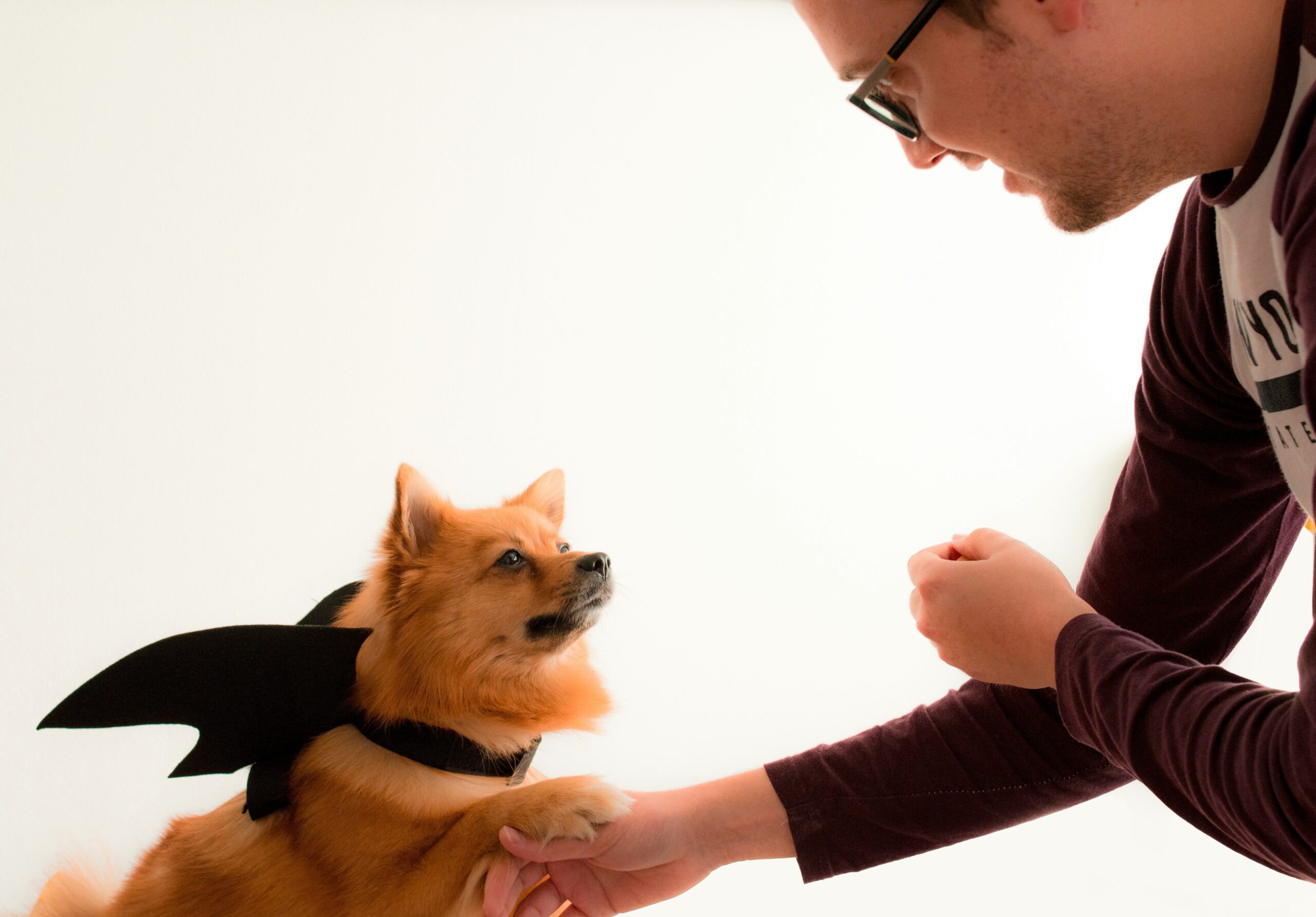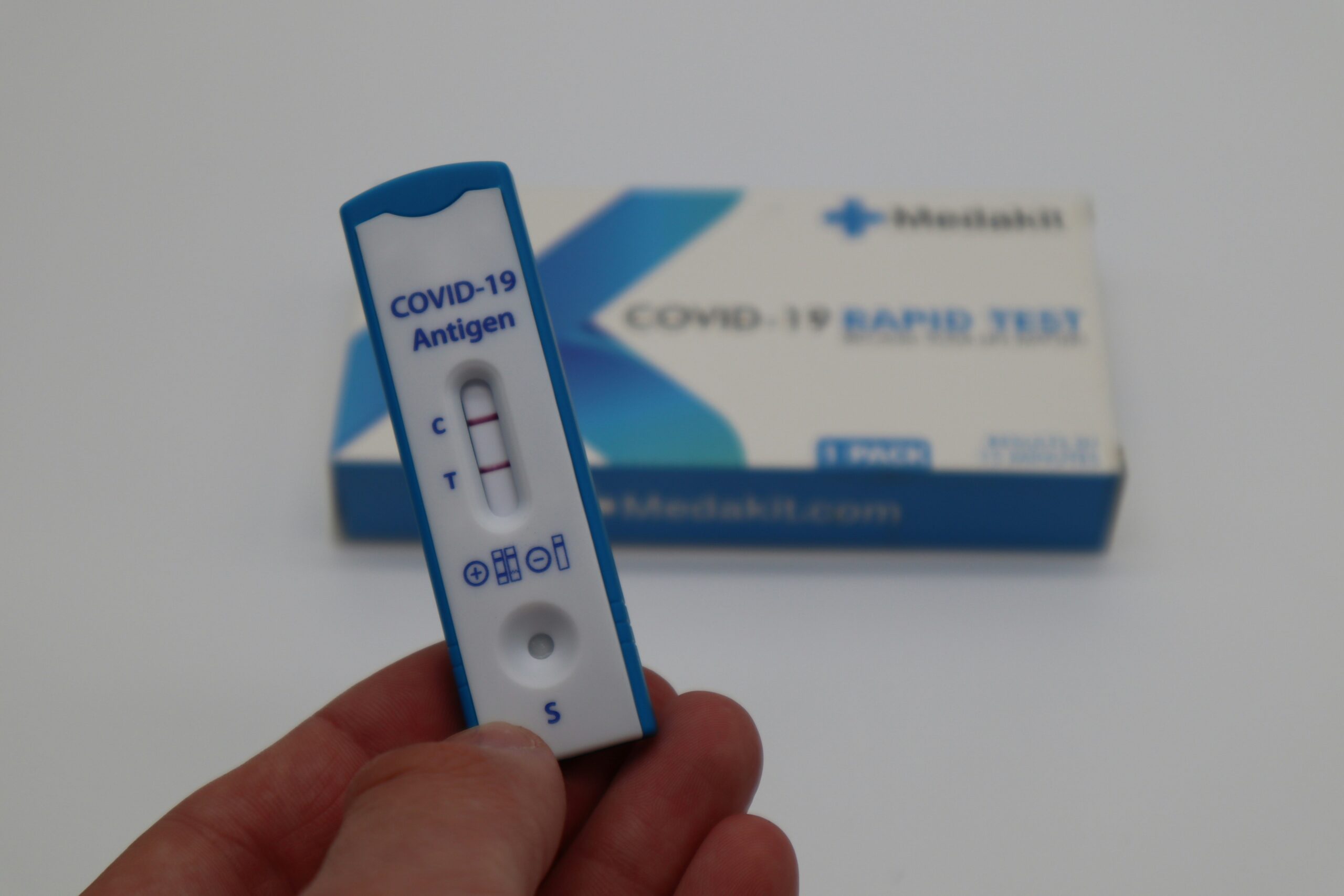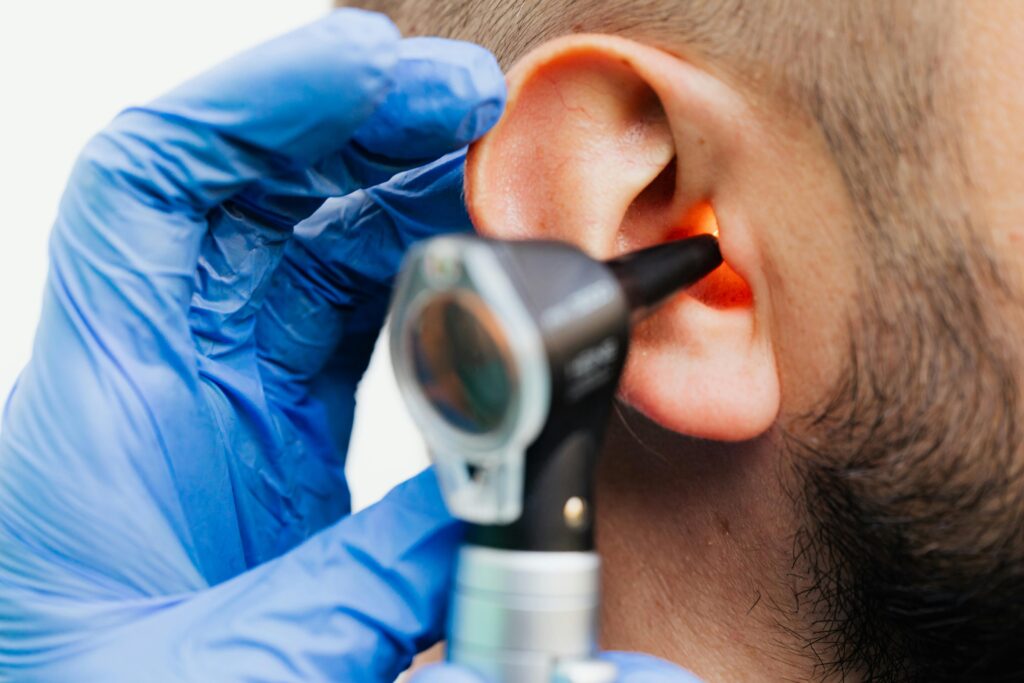Ever seen your furry best friend tilt their head endlessly, seemingly oblivious to even the loudest squeak toy? It’s heartbreaking. Did you know that nearly 30% of senior pets experience some form of hearing loss—and many cases go undiagnosed until it’s too late? Here’s where “Follow-Up Diagnostic Tests” come into play: They’re not only vital but could save you from unexpected vet bills and ensure your pet stays happy for years to come.
In this guide, we’ll unpack why these tests are crucial in the context of pet insurance, particularly for diagnosing and managing conditions related to hearing difficulties. You’ll learn how they work, tips to choose the right insurance plan, and real-world stories from other pet parents. Ready? Let’s dig paws first!
Table of Contents
- Why Follow-Up Diagnostic Tests Matter
- Step-by-Step: How to Approach Pet Hearing Tests
- Pro Tips on Selecting the Right Insurance Plan
- Real-Life Stories from Pet Parents
- FAQs About Follow-Up Diagnostic Tests for Pets
Key Takeaways
- Follow-Up Diagnostic Tests help early detection of hearing issues, reducing treatment costs.
- Pet insurance tailored to hearing care can significantly lower out-of-pocket expenses.
- Choosing a comprehensive policy requires understanding coverage exclusions and limitations.
- Regular vet visits combined with diagnostic follow-ups can dramatically improve quality of life for your pet.
Why Follow-Up Diagnostic Tests Matter in Pet Care (Especially for Hearing Issues)
Hearing issues are sneaky little problems. Your precious pup might start ignoring commands because they’re stubborn—or maybe their world is going silent. Optimist You would say, “Oh, just train them better!” Grumpy You would yell back, “No, we need answers!” That’s when follow-up diagnostic tests become your trusty sidekick.
These tests confirm diagnoses, track progress over time, and adjust treatments if needed. Without them, managing chronic conditions like hearing loss becomes guesswork—and guesswork gets expensive fast. For instance:
“I thought my dog Charlie was being dramatic when he stopped responding during walks. Turns out his initial diagnosis missed something bigger.” – Emily R., Dog Mom Extraordinaire

Emily’s story highlights why skipping follow-up tests isn’t an option—it’s negligence disguised as saving money.
Step-by-Step: How to Approach Pet Hearing Tests (And Get Results You Can Actually Use)
- Schedule Regular Vet Visits: Prevention starts here. Make sure your vet performs baseline hearing tests annually.
- Ask About Follow-Ups During Diagnostics: If initial results seem ambiguous, push for advanced testing. Don’t settle for “probably fine.”
- Choose Insurance Wisely: Not all plans cover recurring diagnostics. Look for policies explicitly mentioning “Follow-Up Diagnostic Tests” under covered services.
- Maintain Records: Keep copies of every test result. This helps track changes over time and ensures continuity of care.

Pro Tips on Selecting the Right Insurance Plan (Without Going Broke)
- Read the Fine Print: Ever bought a phone case labeled “full protection,” only to find out water damage wasn’t included? Same goes for pet insurance. Check limits, copays, deductibles, and exclusions.
- Look Beyond Price Tags: Cheap premiums often mean skimpier coverage. A slightly pricier plan may end up saving hundreds on future claims.
- Talk To Other Pet Parents: Online forums and Facebook groups are goldmines for recommendations like “Avoid [Company X], they denied my claim after one follow-up test.”
One terrible tip I’ve seen floating around? “Just wing it without insurance.” Ugh, no. Unless you want your wallet sobbing louder than your pooch at bath time.
Rant Corner: The One Thing That Drives Me Nuts About Pet Insurance Providers
Let me vent for a second. Why do so many insurers hide critical details about pre-existing conditions deep within 50-page PDFs?! If a company won’t explain how they handle pre-existing issues upfront, RUN. These exclusions can make or break whether your insurer pays for those crucial follow-up diagnostic tests later.
Real-Life Stories from Pet Parents Who Got Their Happy Endings
Remember earlier when I mentioned confessional fails? Yeah, mine involved picking the cheapest pet insurance for my cat Luna. Big mistake. When she developed otitis media—a nasty middle ear infection leading to partial deafness—the bill skyrocketed beyond what her skimpy plan covered. Lesson learned!
However, not everyone has to cry over vet receipts. Enter Sarah T., whose Golden Retriever Max benefited from proactive care:
“Max’s follow-up BAER test caught residual inflammation post-surgery, which led to timely treatment. Thanks to our awesome insurance, it barely cost us anything extra.” – Sarah T.

FAQs About Follow-Up Diagnostic Tests for Pets
What exactly is a BAER test?
A Brainstem Auditory Evoked Response (BAER) test measures electrical activity in response to sound stimuli. In layman’s terms: It checks your pet’s ability to hear.
Are these tests painful for pets?
Nope! Non-invasive and stress-free, unless your pup hates headphones ;).
How much do follow-up tests usually cost?
Depending on location and complexity, expect anywhere from $200-$800 per session—another reason to invest in good insurance.
Conclusion
At the end of the day, “Follow-Up Diagnostic Tests” aren’t just jargon—they’re essential tools ensuring your pet’s health remains top-notch. Paired with the right insurance plan, these tests give peace of mind knowing your fur baby has access to the best possible care. And hey, remember—it’s okay to admit you don’t have all the answers. But getting professional support makes everything less daunting. Now go hug your pupper while practicing some responsible financial planning.
Cheers to happier ears and healthier snuggles!
Like chasing squirrels in autumn leaves,
Happiness grows through care;
A wagging tail says thanks.


